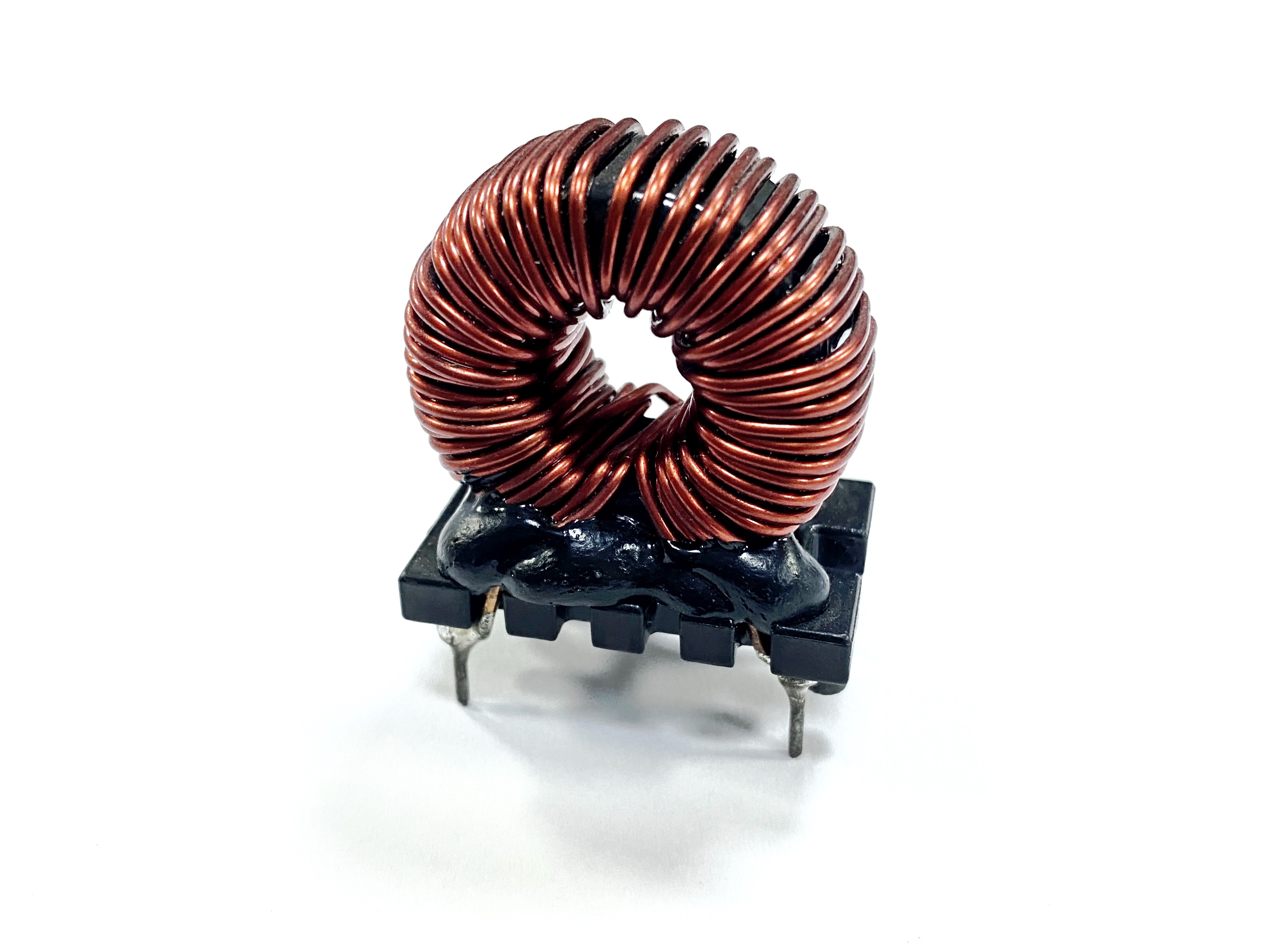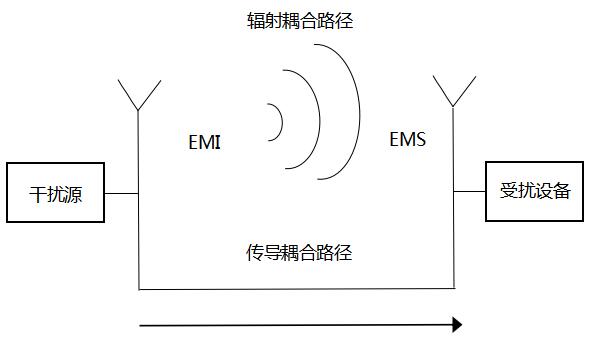
In order to improve the safety and effectiveness of medical devices, and prevent them from being subjected to electromagnetic interference or generating electromagnetic interference during use, which can cause medical devices to lose control or fail and cause harm to patients and users. When investigating the Electromagnetic compatibility of equipment or system, it is necessary to analyze the disturbance source, path, disturbed equipment or system. As shown in Figure 1, the disturbance source generates electromagnetic interference, which acts on the affected equipment or system through a certain path. After being subjected to a certain degree of electromagnetic interference, the affected equipment or system may have consequences, or may not be affected or only produce results that can withstand risks. This is the anti-interference ability of the affected equipment or system. It should be noted that disturbed devices or systems are also sources of disturbance. Modern devices or systems that heavily utilize electronic technology can also generate electromagnetic waves during normal operation, which to some extent can cause disturbance to other devices or systems. From the path analysis, there are both propagation from the air (with higher frequencies) and propagation through wires and cables (with lower frequencies).
By using a common mode choke, when high-frequency signals pass through ferrite, electromagnetic interference is absorbed and converted into thermal energy for dissipation. If a ferrite suppression component is added to the power line inlet of the printed circuit board, high-frequency interference can be filtered out. Ferrite magnetic rings are used to suppress high-frequency and peak interference on signal and power lines. When making a common mode choke, increasing the number of turns passing through the magnetic ring can increase the low-frequency impedance. Therefore, in many applications, by winding more turns, the low-frequency impedance can be effectively improved. However, due to an increase in parasitic capacitance, the impedance at high frequencies will decrease. When the interference frequency band that needs to be suppressed is wide, different turns can be wound on two ferrite toroidal cores.

Figure 1

